“Jakarta” is a short story by Alice Munro, the second in the Nobel Prize winning collection The Love Of A Good Woman (1998). At first it baffles me why this story is called Jakarta as it is not set in Indonesia. Eventually we find out that one of the characters has previously died in Jakarta of a tropical bug. Or has he?
THE LOVE OF A GOOD WOMAN (1998)
- “The Love Of A Good Woman” — a story revolving around a crime but not a crime story. Reminiscent of Stand By Me. Also in the December 23, 1996 edition of The New Yorker.
- “Jakarta” — not actually set in Jakarta. A story of an old woman whose husband went missing, and also about the so-called ‘free love’ of the 1960s, which afforded far more freedom to men.
- “Cortes Island” — a symbolic island standing in for the psychology of newly wed isolation. Also in the October 12, 1998 edition of The New Yorker.
- “Save The Reaper” — a re-visioning of Flannery O’Connor’s “A Good Man Is Hard To Find”. Also in the June 22, 1998 edition of The New Yorker.
- “The Children Stay” — What did divorce look and feel like when divorce was brand new? Also in the December 22, 1997 edition of The New Yorker.
- “Rich As Stink” — Focuses on an adolescent girl. Some commentators call her ‘precocious’ but I think she is a typical 11-year-old.
- “Before the Change” also in the August 24, 1998 edition of The New Yorker
- “My Mother’s Dream” — Critics don’t love this one, but I do. I read this short story as a commentary on how it takes a village to raise a child, and when any given mother doesn’t measure up as parent, other women can step in. Together, caregivers can band together to create a ‘whole’, and bring up a perfectly rounded and cared-for child, but alone? No. And we shouldn’t expect mothers to be perfect.
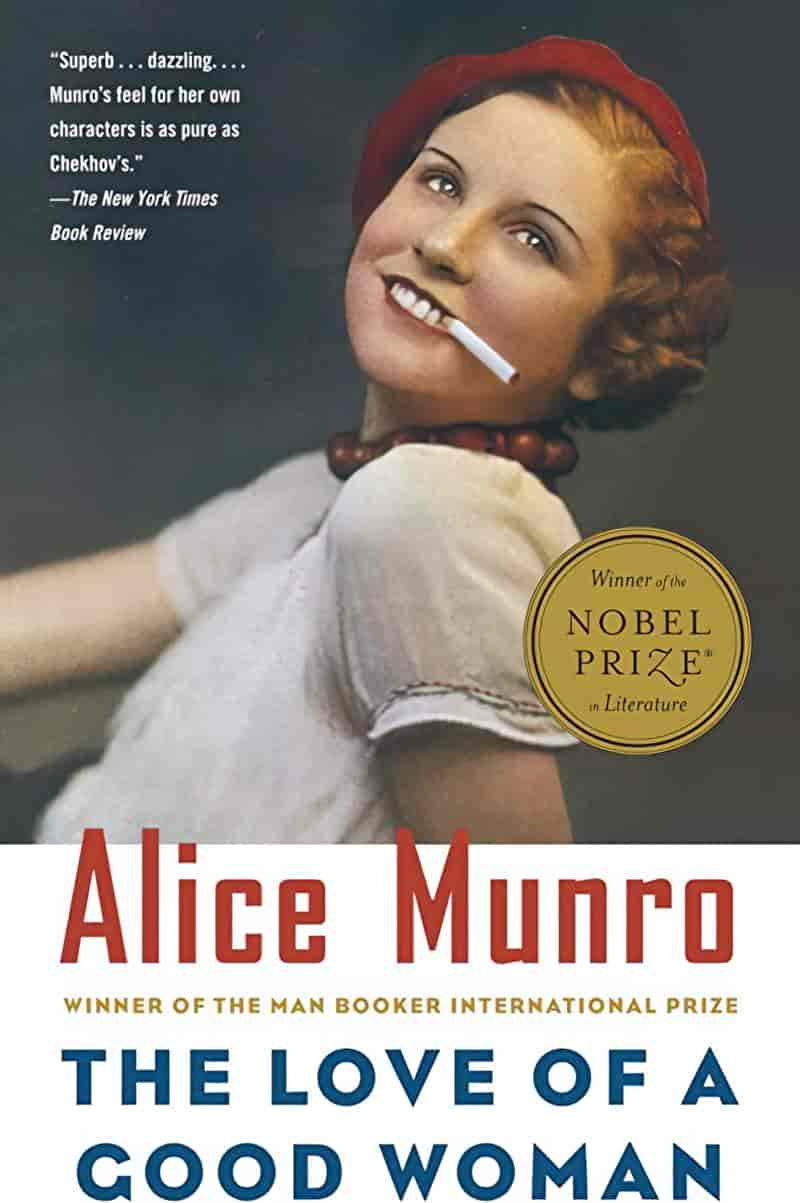
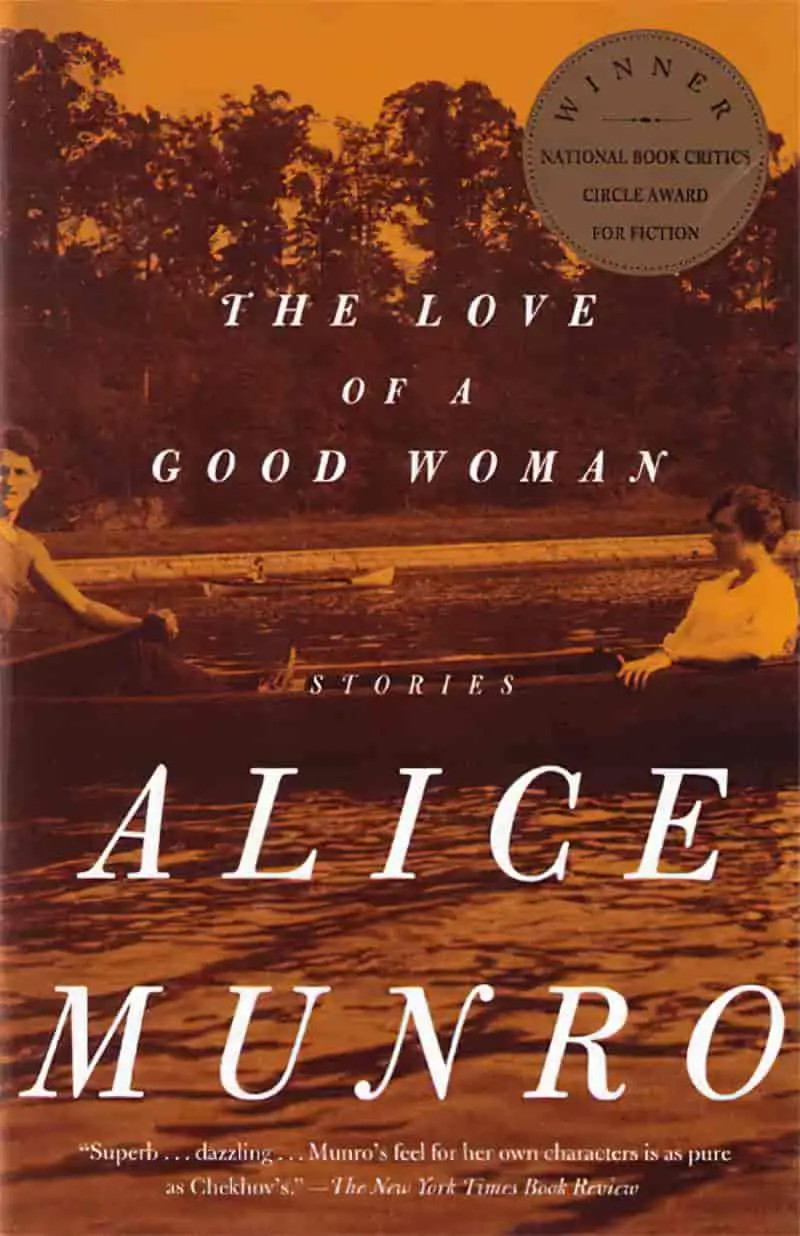
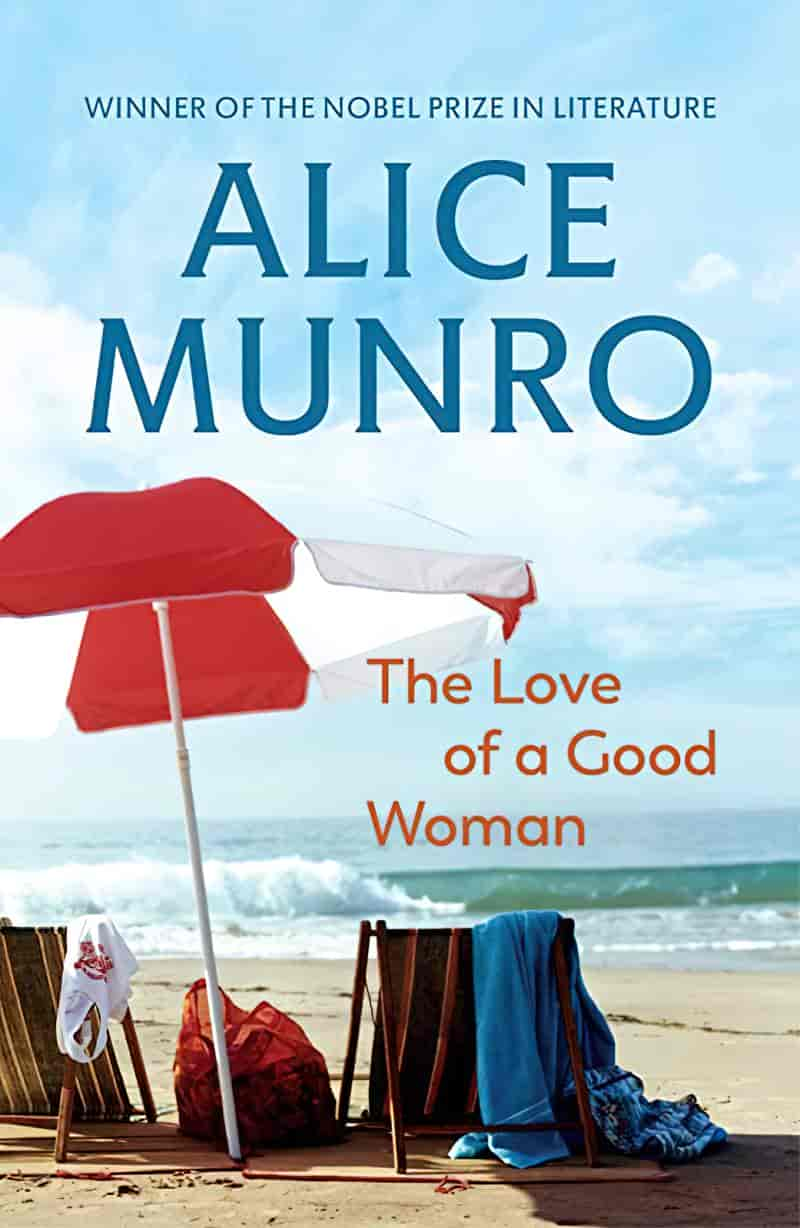
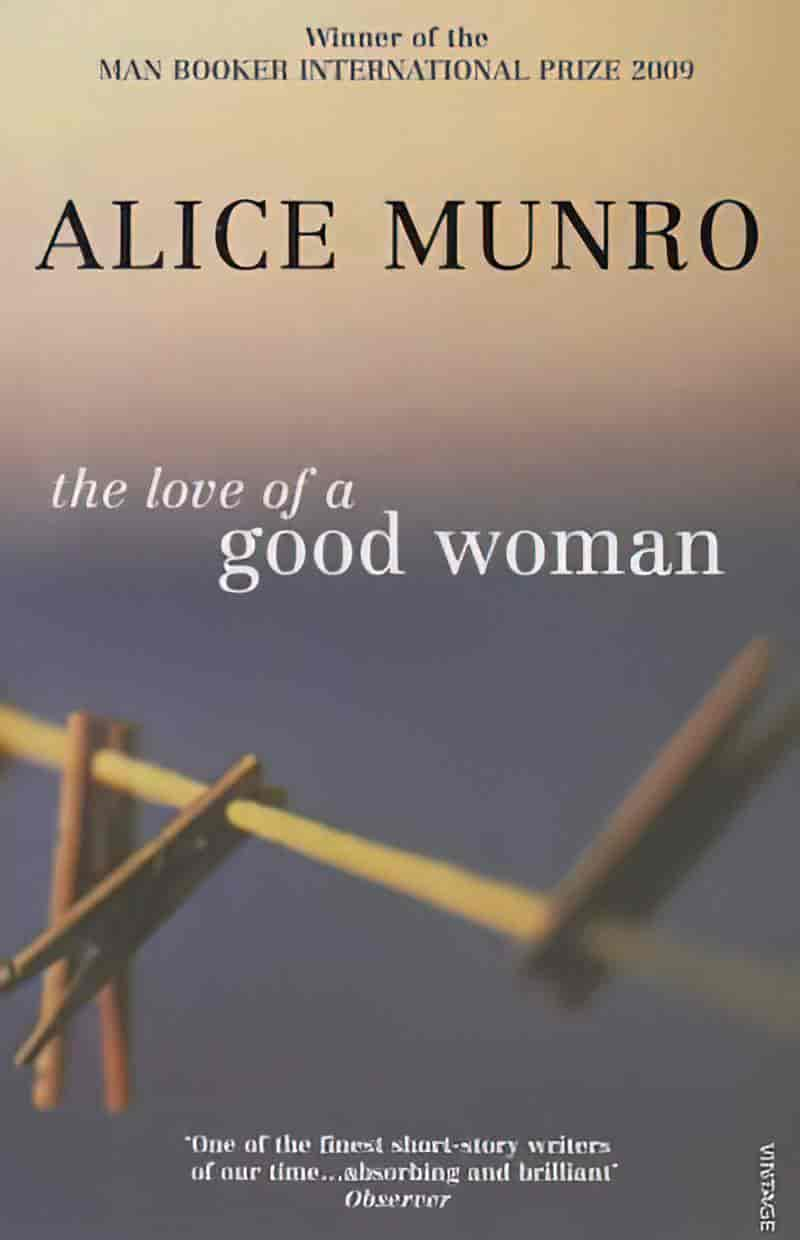
CHARACTERS OF “JAKARTA”
Young Kath Mayberry — has a baby called Noelle. Reads what she likes, e.g. bohemian writers such as Katherine Mansfield. Kath marries the conservative, standard pharmacist, Kent, but is secretly intrigued by how her friend Sonje lives her life. Ironically, Kath has more intellectual freedom while Sonje has more sexual ‘freedom’. We know this from the detail that Sonje has her reading material prescribed by her much older male partner, Cottar, who is full of political opinions and argues as sport.
Older Kath — at first the reader is led to wonder if she is still alive. We are told eventually that she is living in Ontario not far from Toronto. The man she lived with for a long time and built her lake house with is dead.
Young Sonje — reads a book by Howard Fast. because her husband tells her if she’s going to read fiction she should read him. Lives with Cottar in a communal house of communists with an arrangement of partner swapping.
Older Sonje — Cottar has died 30 years ago of some tropical bug in Jakarta. Was a journalist. Sonje looked after her husband’s elderly mother, who was a good friend. She has until recently been a dance teacher. There is a dance studio in her dilapidated beach home. Sonje herself has lost weight, her skin has had skin cancers cut out and she looks like the old lady she is.
Cottar — Sonje’s husband. A journalist. Older than Sonje, Kath and Kent. In his 30s he was ‘tall, narrow shouldered, with a high bald forehead and wispy sideburtns. A rushed, hushed, confidential way of talking.’ Takes delight in winding up conservative types like Kent.
The Monicas — a group of slightly older women who use the beach every day, each with three or four children.
The real Monica — the woman who invited Kath and Sonje to join the other women on the beach. She has a nice house.
Kent Mayberry — Was married to Kath. Has had a full life including multiple families. Was a pharmacist. Kent doesn’t fit in with the Bohemian crew — he is more optimistic about the way the world is being run.
Deborah — Kent’s much younger partner, a physiotherapist, ‘tactful and incurious almost to the point of indifference’.
Amy — the older woman’s husband’s mistress. A lot of make up. Cavalier about rules and health.
SETTING OF “JAKARTA”
I’m unfamiliar with this part of the world and with this milieu in general. By the time I was a young adult it was the height of the AIDs epidemic, which affected the gay community hardest but had wider reaching consequences than that. This story begins much earlier than that, in the 1960s. Most of what I know about this era comes from fiction.
I like the description of Sonje’s beach house, seen via Kent’s point of view as a visitor:
The first thing Kent noticed about the house was that it was chilly. On a bright summer day. But houses in the Pacific Northwest are seldom as warm as they look—move out of the sun and you feel at once a clammy breath. Fogs and rainy winter cold must have entered this house for a long time almost without opposition. It was a large wooden bungalow, ramshackle though not austere, with its veranda and dormers. There used to be a lot of house like this in West Vancouver, where Kent still lived. But most of them had been sold as teardowns.
The two large connected front rooms were bare, except for an upright piano. The floor was scuffed gray in the middle, darkly waxed at the corners. There was a railing along one wall and opposite that a dusty mirror in which he saw two lean white-haired figures pass.
The house, of course, is an extension of its inhabitant. We see the house from Kent’s point of view and we also see Sonje from Kent’s point of view. See also: How Can Setting Be A Character?
THE FALSE FREEDOM OF THE SWINGING SIXTIES
If we consider this story from Sonje’s point of view, Sonje has been yoked to her controlling husband her entire life, even after his death. This is ironic, since she was a participant in the swinging sixties era.
I recall the book Girls & Sex by Peggy Orenstein, and the work of Shere Hite, and I wonder how many of the women from that era were truly as liberated as they felt themselves to be. Munro alludes to performative sex — Sonje derived secondary pleasure from her husband’s primary pleasure. We are told she has no sexual release. Cottar tells her this is because there is something wrong with her. She agrees there is something wrong with her, without allowing herself the freedom to accept that she may be naturally monogamous. At the beach party, two women dance together. They dance for as long as they can before men come between them, separating them, choosing which woman they want for themselves.
I tell my students that party scenes are really important in fiction because a party scene can go in any direction. Sex scenes can be similar. You’re putting characters together—what happens as a result?
Carmen Maria Machado
Alice Munro’s assessment of this environment is clear: ‘Sexual liberation’ was better for men overall, disregarding individual cases of genuine freedom. This was a very necessary period, and modern feminism could not have happened without it. But how free were women, really, when a woman couldn’t go to the bank and get a loan in her own name?
The flipside to the destigmatisation of sex for women has been a sense of patriarchal entitlement to sex with women.
Van Badham
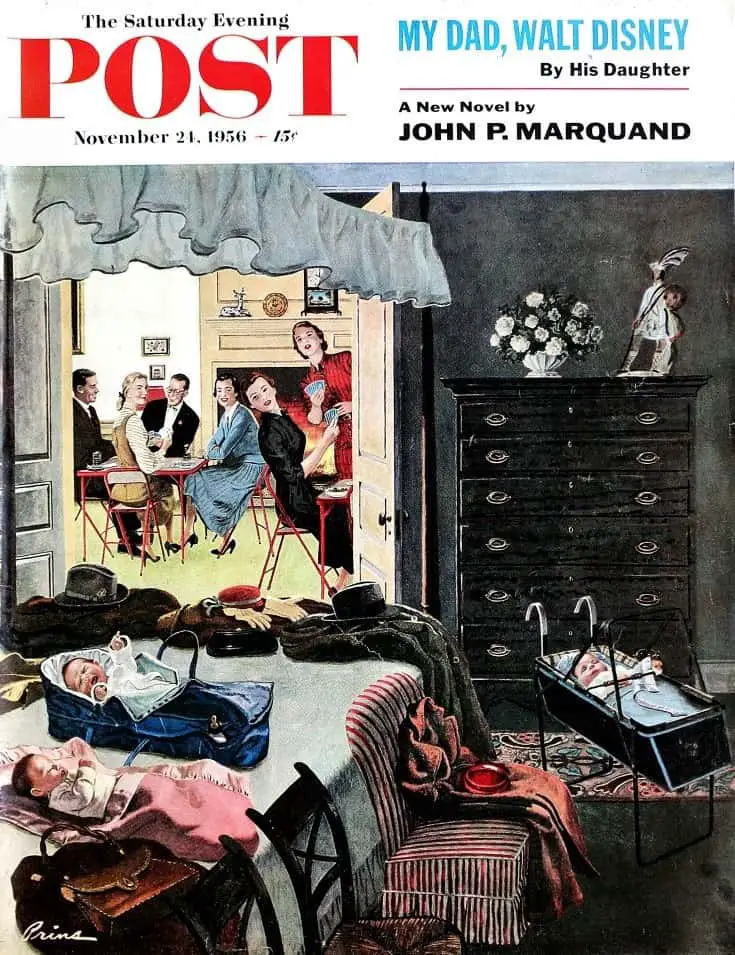
THE 1990s
The later part of this story is set in the 1990s. Betsy at the Mookse and Gripes blog has this to say about a particular historical moment of the 90s:
Anita Hill had been mercilessly grilled by United States Senators during the 1991 Supreme Court confirmation hearings for Clarence Thomas. Hill argued that Thomas had subjected her to solicitation while she was his law clerk, and asserted that when she rebuffed him he switched to humiliation. Thomas’s Republican supporters in the Senate attacked Hill’s common sense, suggesting that she had made it all up, or that it was she herself who had had designs on the judge. Ironically, after Thomas won and was confirmed, sexual harassment in the workplace became a live wire. Could Munro have been affected by this debate? Perhaps. One other historical note is that Eve Enssler’s Vaglna Monologues was first performed in 1996.
Below is a description of this era from a Gen-X American who remembers it:
The Anita Hill hearing was my first encounter with overt feminism. I was 21. I listened as she testified and was vilified by the all-male Senate Judiciary Committee and the media. America didn’t believe her. In a 1991 New York Times article, one woman explains why she doubts Anita Hill: “She might have thought some of this stuff up in her head. Women have a tendency to do that sometimes.” Others brushed her off as an embarrassing spectacle. So what if her boss talked to her about p*rn, b*stiality, and pubic hairs. Relax, Anita. Don’t be so uptight. You know you want it.
I was working as a receptionist. A mid-level manager made a habit of bringing his wife’s underwear to work and showing them to me. He carried them in his suit pocket. He’d linger at my desk describing that morning’s copulation. I’d respond in ways the ’80s taught me: Laugh and roll your eyes or make a maternal tsk-tsk face.
Besides, Anita Hill lost. Clarence Thomas was confirmed. The lesson? All you uptight bitches need to take a chill pill. Men like to have a little fun. No harm in that, is there? All work and no play makes Jack a dull boy.
Anastasia Basil
Intertextuality is significant in this short story — Alice Munro sometimes tells us what her characters are reading. As a Katherine Mansfield fan, I see the immediate influence of two women sitting together on the beach a la At The Bay, and I also detect an erotic or at least a romantic charge between them.
It’s possible that this particular author (Katherine Mansfield) had a terrific influence on Munro, even though society in general ignored her in favour of guys like Lawrence. “At the Bay” had appeared in Mansfield’s 1922 book The Garden Party. It’s very important that Munro doesn’t mention the author’s name at all, as she thus makes us complicit in the general dismissal of women writers.
In their passing discussion of “At the Bay”, it occurs to Kath that Mansfield’s Stanley Burnell (a husband) reminds her of her own husband. Kath thinks: “[Stanley] is such a boy, with his pushy love, his greed at the table, his self-satisfaction.”
Betsy at the Mookse and Gripes blog
WHAT HAPPENS IN “JAKARTA”
Section 1
Two woman friends, Sonje and Kath, are together on a beach. One of them has a baby. They are invited to join a group of slightly older women with slightly older children but they are repelled by the spectacle of overt motherhood. So after joining them once they hide behind some logs and read. Sonje reads what her husband tells her to read; Kath reads more literary work. Sonje borrows this when she can, but limits herself to one story a day. They are reading Katherine Mansfield and D.H. Lawrence, which suggests to me that they are attracted to an alternative, bohemian life. This would also explain why the spectacle of motherhood repels them.
Section 2
The viewpoint character is a man called Kent. We learn immediately that he is on his way to see Cottar and Sonje somewhere in Oregon. Kent’s partner is Deborah. They are on a road trip visiting family and friends, on their way back home to Toronto. It is Deborah rather than Kent who would like to stop in and see Sonje.
Munro is sure to tell us that they are all old — much time has elapsed since the earlier scene on the beach.
They approach the beach described in section one. There is now play equipment, ‘swollen out of scale’. Approaching Sonje’s house, Kent makes ‘the usual mistake’ of forgetting how much time has gone by. He wonders why Cottar’s mother is trimming the hedge when she’s blind, then realises he’s looking at Sonje — much older than last time he saw her.
In turn, Sonje mistakes Kent’s partner for Kent’s daughter. Deborah is a year younger than Kent’s daughter Noelle.
Kent observes Sonje’s house, which is just as old as she is. Kent remembers the past, to when they were all about 30 years old — he remembers himself, Kath, Sonje and Cottar in the same room with some other older hipster couple.
It isn’t revealed until section that the combative gathering called by Kent was the first time Sonje met Kent.
Section 3
A flashback to a time when Cottar was headed off overseas as a journalist and Sonje was headed down to Oregon to stay with Cottar’s mother. This section is written from the viewpoint of the absent Kath, which is interesting.
There’s a lot of flower power nudity and chemistry.
A woman called Amy transforms Kath’s face with makeup. Kath is dirty dancing with a man when her husband turns up. Kath doesn’t know which way Kent came in, so doesn’t know if she saw it. Kent is cagey. Kath washes off the makeup in the bathroom.
Section 4
Back in the present, Sonje tells Kent that she doesn’t believe Cottar is really dead. Sonje tells Kent that now her mother-in-law has died she’s going to try and track Cottar down. Kent thinks she’s got a screw loose. But apparently Kent’s mother had the same idea, shared on her death bed. (This could be a folie a deux situation, in which two deluded people egg each other on.)
Cottar hopes Sonje will talk more about Kath. Although Cottar hears about his first wife from their daughter, he wants Sonje to pass on how healthy he looks. But Sonje is a bit obsessed with this conspiracy theory of hers.
Outside the wind rises, matching Kent’s internal state. He’s had his pill, he’s feeling distraught listening to the theory that Cottar might still be alive. Kent also draws a parallel between Sonje’s wish to see Cottar (precisely because he’s meant to be dead) and Cottar’s never seeing Kath (precisely because he could drive to her front door if he wanted to). In both cases, their former spouses are strangers to them.
The story ends with Kent imagining himself staying here with Sonje, listening to her talk about Jakarta.
STORY STRUCTURE OF “JAKARTA”
Kent is the main character — it is Kent who has the Anagnorisis at the end.
SHORTCOMING
Kent is old, his health is failing, and he’s on a road trip to visit people from his past. But he is disappointed at each visit, he tells us, because nobody gives him what he needs.
DESIRE
What Kent wants is left for the reader to work out.
My theory is that Kent wants to feel young. He is still concerned about looking young and healthy to his first wife, who he hasn’t seen in years (and probably won’t see). He has a younger wife. But Alice Munro keeps reminding the reader that he is not young at all. He is reliant upon pills to keep healthy and his younger wife does the driving. This is perhaps his last big trip.
By the time they pass by Sonje’s house, Kent isn’t too keen on going in to visit her. It’s the new wife who suggests it. At first I’m thinking, that’s often the case — it’s often the female half of a partnership pushing for the maintenance of social bonds. But by the end of the story it’s clear that Kent expects to be disappointed by Sonje, because a pattern of disappointment has already been established on this tour.
OPPONENT
Since Sonje is looking so old, and since Kent and Sonje are contemporaries, Sonje stands in the way of Kent feeling young. It’s also possible she’s losing her marbles. This makes Sonje Kent’s opponent.
PLAN
At the start of Kent’s trip, the plan was to visit old friends and family in the hope of reminiscing about the good times and rekindling the feelings of youth.
BIG STRUGGLE
When Sonje tells Kent her theory, Kent thinks she’s off her rocker. He feels ill. Ostensibly this is because he’s due for his pill, but this is surely the feeling of death.
ANAGNORISIS
Kent realises several things at Sonje’s:
- No one from his past can successfully help him feel youthful again, because age cannot be escaped that easily.
- At this stage in life the dramas seem lesser, but also less interesting. Everything is starting to feel predictable. (Under the surface, this ‘predictability’ is surely Kent’s acceptance of impending death — the most predictable life event of the lot.)
- Although Kath is still alive, he hasn’t seen his first wife in so long that she might as well be dead to him. This revelation comes via Sonje’s inverse experience of having lost a husband but believing him still alive.
- Significantly, Kent’s much younger wife Deborah isn’t with them at Sonje’s house. She takes off to a healthfood store — the heterotopia people cling to when trying and persuade themselves that death can be staved off. Sonje’s youthful presence may otherwise stand in the way of Kent finally accepting that his own death is imminent.
NEW SITUATION
When Kent wonders what it would be like to just stay at Sonje’s, listening to her crazy theories, I believe he is imagining what it would feel like to die here, an old person in an old ‘teardown’ house, alongside an equally old woman off her rocker.
This is a story in which the character goes from a place of slavery (a conservative life in a hippie era) to freedom (a big road trip with a much younger wife) back to slavery (acceptance of death).
Cover photo by averie woodard

